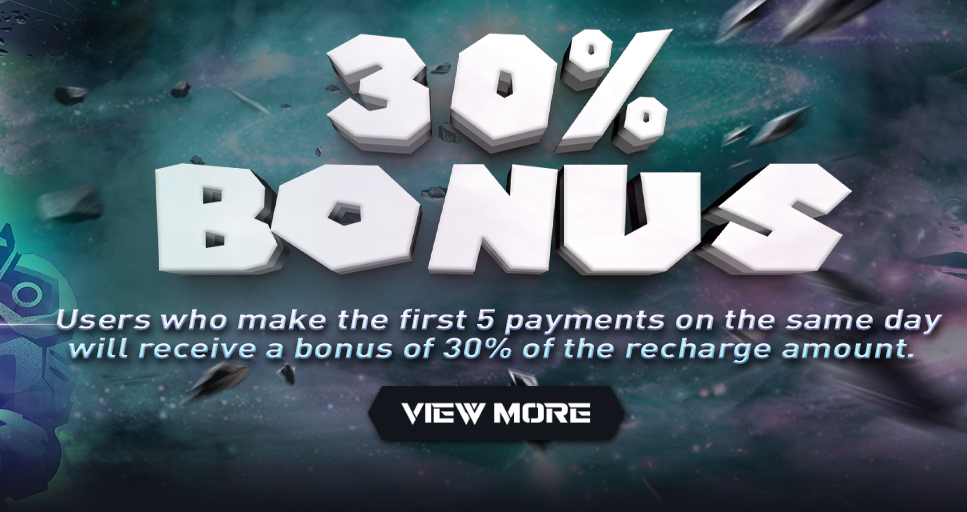BACK TO NEWS
CSGame Market Overview
2024-12-26 07:10:00

Market Structure
The CS market is diverse, including players from casual to professional levels, and spans multiple regions across the globe. The market is supported by several revenue streams:
-
In-game Skins & Cosmetic Items: The skin market is one of the most notable aspects of CS, with players buying, selling, and trading cosmetic items like weapon skins, gloves, and cases. The Steam Market and third-party platforms like OPSkins have created a thriving economy.
-
Esports & Tournaments: CShas a robust esports scene, with major tournaments such as ESL Pro League, DreamHack, and the CSMajor Championships.
-
Free-to-Play Model: The game itself is free-to-play, but the monetization is primarily driven by cosmetic sales, including cases, skins, and battle passes.
-
CSBetting & Gambling: Despite regulatory challenges, CSskin betting and gambling platforms have also been a significant part of the game’s market.
User Personas in CS
-
Competitive Player (Pro & Semi-Pro):
-
Age: 16-30 years old
-
Behavior: Highly skilled, often engages in ranked matches or participates in tournaments. They may stream their gameplay on platforms like Twitch or YouTube, building an audience. They focus on improving their skills and strategies, and many aim to break into professional esports.
-
Motivation: Competing for glory, earning sponsorships, and potentially making a career in esports. Competitive players typically have high engagement, playing daily or multiple times a week.
-
Pain Points: Technical issues, match-making frustrations, team coordination, and losing streaks.
-
Casual Player:
-
Age: 13-40 years old
-
Behavior: Plays for fun, often in unranked matches or casual modes. They may purchase skins or participate in community events, but their primary goal is entertainment rather than competitive progression.
-
Motivation: Enjoying the game with friends, socializing, and collecting skins for cosmetic purposes. They may spend money on microtransactions to enhance their in-game experience.
-
Pain Points: Inconsistent matchmaking, unbalanced teams, and occasional toxicity from other players.
-
Skin Collector & Trader:
-
Age: 18-35 years old
-
Behavior: This group focuses on buying, selling, and trading skins, viewing them as collectibles or investments. They may track market trends and participate in third-party sites or the Steam Marketplace.
-
Motivation: Profit from trading, collecting rare items, or simply showcasing a unique collection. For some, it’s about status, owning high-tier skins or weapon finishes.
-
Pain Points: Market volatility, difficulty finding rare items, and market bans or issues with third-party services.
-
New Player / Novice:
-
Age: 10-25 years old
-
Behavior: New players are still learning the game mechanics, maps, and strategies. They may struggle with matchmaking, understanding in-game roles, and may feel overwhelmed by more experienced players.
-
Motivation: Learning the game, improving, and enjoying the community. They may become more interested in esports and follow streamers for tips and entertainment.
-
Pain Points: Steep learning curve, frustration from losing, and community toxicity.
User Lifecycle in CS
The user lifecycle in CS
can be broken down into distinct stages:
1. Onboarding Stage (New Player)
-
Players enter the game, often with little prior knowledge or experience. They start by exploring basic tutorials, custom matches, and low-stakes unranked games. Here, the game is still fresh, and the user is figuring out the mechanics and maps.
-
Key Features: Basic tutorials, casual gameplay modes, introduction to community features, and access to the Steam Marketplace.
-
Challenges: Learning how to play, understanding the game's nuances, dealing with unbalanced teams, and encountering veteran players.
2. Growth Stage (Casual to Intermediate Player)
-
Players start to understand the game's mechanics and might enter competitive matchmaking. They begin customizing their weapons with skins, play regularly, and may join communities or clans for social interaction.
-
Key Features: Ranked matchmaking, friend system, skin collection, regular events, and beginner guides from community creators.
-
Challenges: Competing with more experienced players, improving communication, and avoiding toxicity.
3. Mature Stage (Competitive Player)
-
At this stage, players may join leagues or teams, focus on improving their skill level, and engage deeply in the esports side of CS. Some may even participate in major tournaments or stream their games.
-
Key Features: High-level competitive play, streaming and content creation, community and tournament participation, and a deep involvement in the game's economy.
-
Challenges: Burnout from the competitive grind, balancing gaming with real life, and handling the pressure of playing at a high level.
4. Churn Stage (Inactive/Leaver)
-
Some players eventually leave the game due to burnout, lack of interest, or frustration with the community or the state of the game. These players may revisit the game sporadically or move on to other titles.
-
Key Features: Minimal engagement, declining participation in competitive play, and limited spending on skins or other in-game purchases.
-
Challenges: Keeping engagement high, addressing player concerns (bugs, updates, toxic behavior), and maintaining a thriving community.
5. Re-engagement Stage (Returning Player)
-
Players who have left the game for a period might return due to a major update, event, or personal interest in revisiting. These players can be re-engaged with the release of new content, such as skins, game modes, or large-scale updates.
-
Key Features: New game modes, special events, returning features like old skins, and welcoming the player back with various incentives.
-
Challenges: Getting players back into the game, re-learning game mechanics, and catching up with changes in the game and community.
Player Insights
-
The Power of Skins and Cosmetic Items
-
Skins hold significant value in CS. For many players, collecting rare skins is more appealing than traditional in-game rewards. The trading and selling of skins, especially limited-edition skins, adds a layer of investment and excitement to the game.
-
CS's Competitive Depth
-
CS's tactical depth is a major appeal for competitive players. Strategies, team coordination, and individual skill (aiming, positioning, and timing) contribute to its long-term appeal. Players often enjoy mastering the game’s nuances over time.
-
Social Connections and Community
-
The social aspect of CSis crucial. Many players enjoy the community, whether it’s teaming up with friends, joining clans, or following professional eSports tournaments. Social dynamics, such as voice chat and team communication, enhance the competitive experience.
-
Challenges with Toxicity and Matchmaking
-
Toxic behavior and frustration with matchmaking systems are common pain points. Players often feel that match quality can be inconsistent, and some find dealing with toxic teammates or opponents stressful. Addressing these concerns through better moderation and improved matchmaking is essential for retaining players.
-
Long-Term Engagement
-
The game's longevity is largely attributed to regular updates, the introduction of new content, and the vibrant esports scene. However, players can become frustrated by changes or issues such as bugs, server problems, or lack of new content.
Latest News READ MORE

2024-12-27 02:38:42
The Most Expensive CSGO Skins: Rarity, Price, and Global Appeal
Explore the world of the most expensive CSGO skins, including iconic items like the AWP "Dragon Lore" and M4A4 "Howl." Learn about their rarity, high prices, ownership distribution, and the appeal they hold for collectors and esports enthusiasts worldwide. Discover why these skins have become coveted items in the gaming community and how they reflect the intersection of art, history, and investment in the virtual world.
READ MORE
2024-12-27 02:38:51
How to Build Trust and Credibility for Skinsvip: A Guide for CSGO Skin Marketplaces
In this guide, we explore effective strategies for building trust and credibility for your CSGO skin marketplace, skinsvip. Learn how to enhance user experience, ensure security, engage with your community, and create transparency in pricing and policies to establish long-term relationships with customers.
READ MORE
2024-12-27 02:40:44
A Complete Guide to CS:GO Stickers: Types, Prices, Popularity, and How to Obtain Them
Discover everything you need to know about CS:GO stickers. From team logos and player signatures to rare tournament editions, this guide covers sticker types, their prices, popularity, attributes, and how to obtain them through the Steam market, case openings, and more.
READ MORE











